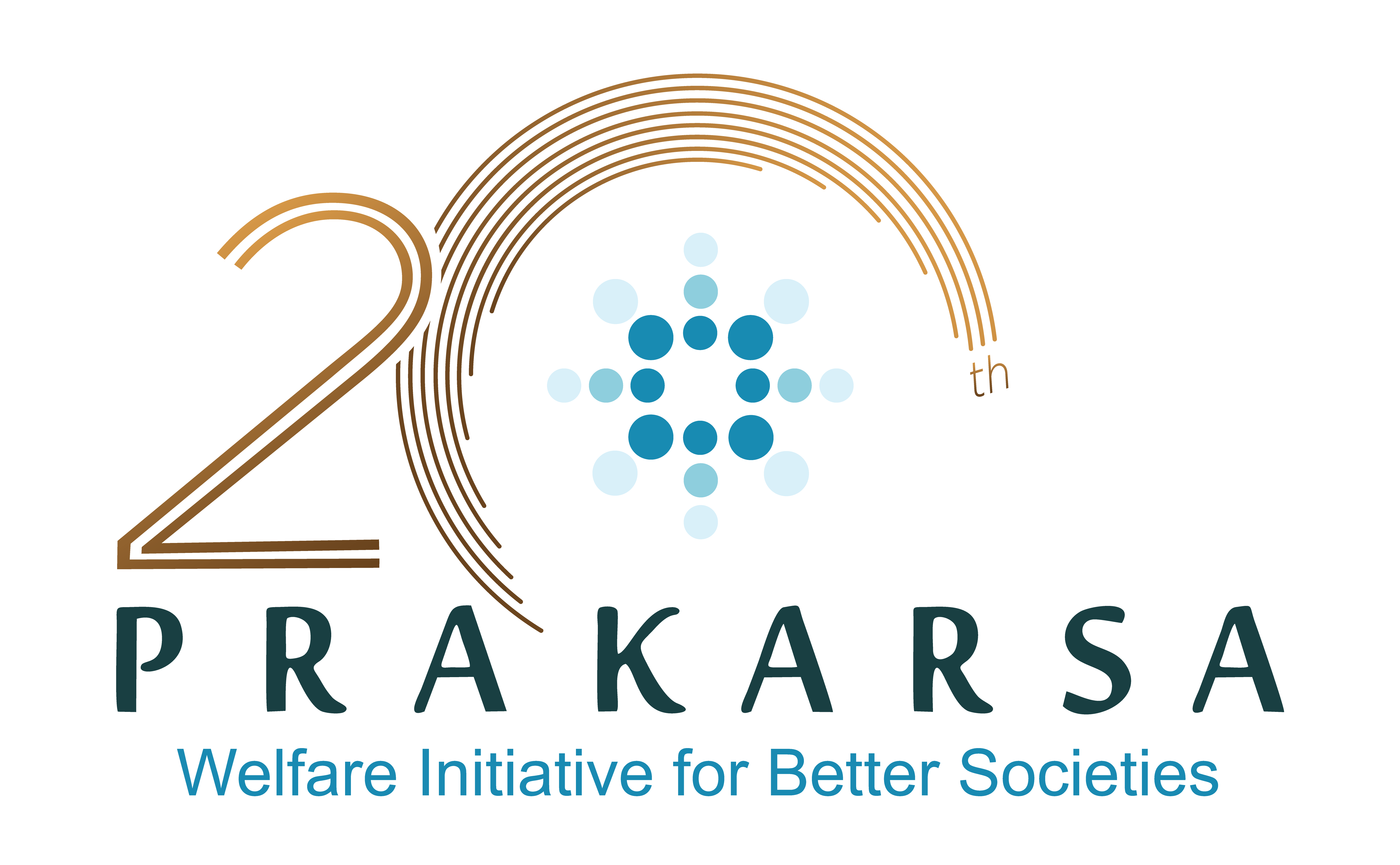World Bank issued its Development Policy Review today (June 23, 2014) in Jakarta. In the event the World Bank Country Director for Indonesia Rodrigo Chaves said “Indonesia should grow 9 percent to avoid the trap of the middle class.”
We are less agreed. The priority at this time is not of high economic growth, but ensuring quality growth.
That is, how growth can create jobs, reduce poverty and tackle inequality.
Indonesia is currently undergoing the worst inequality throughout history with a Gini ratio of 0.41. If Indonesia continues to pursue higher growth, this mistake would continue too. What does it mean when a high economic growth enjoyed only by a small portion of people?
Simulation of the Asian Development Bank shows that inequality is a major obstacle to poverty reduction. With poverty category $ 1.25/day, the poverty in Indonesia reached 16.3 percent, but if inequality did not increase then poverty should be only 6.1 percent. Of course, this is a very big difference.
In addition, inequality, or the concentration of wealth does not only offend the sense of justice, but also leads to vulnerable and fragile economy. High purchasing power but only held by a handful of people will create a limited aggregate demand. This means growth with high inequality is not sustainable, just like preparing a house of cards that would collapse at any time.
_______________
Setyo Budiantoro
The author is the Executive Director of Perkumpulan Prakarsa and a lecturer at Graduate School of Poverty Studies at Brawijaya University, Malang.

